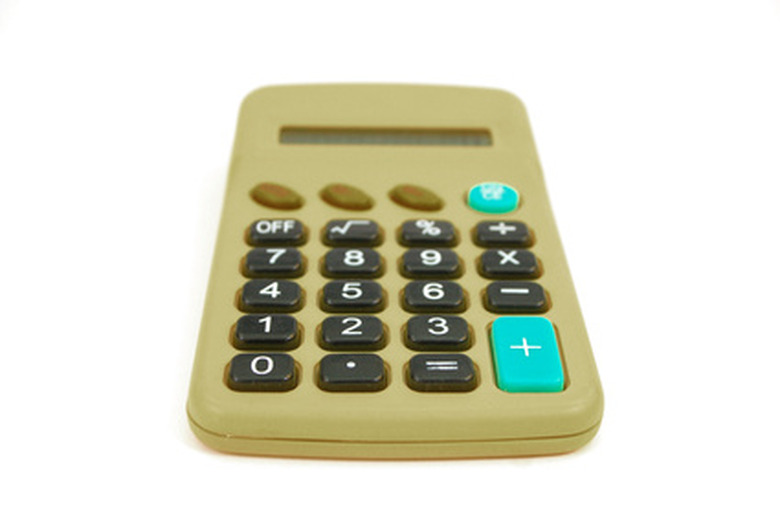How To Arrange Fractions From Smallest To Largest
Fractions are used to describe part of a particular object or unit, and they consist of a numerator and a denominator. The denominator is the number at the bottom of the fraction, and it shows the total number of parts that make up the whole object. The numerator is the number at the top of the fraction, and it shows the number of parts of the object in a particular section. Fractions can be difficult to compare, as often the denominators are different and so cannot be directly related to each other. By converting the fractions to a decimal, a common base is established, and they can then be directly compared and put in order from smallest to largest.
Step 1
Turn the first fraction into a decimal by dividing the numerator by the denominator. A calculator can be used to make this process easier. As an example, for the fraction 6/10, the numerator 6 would be divided by the denominator 10. This gives the decimal result 0.6.
Step 2
Repeat the process, and divide the fraction's numerator by its denominator to turn each fraction to be compared into a decimal.
Step 3
Order the decimals into ascending order, from smallest to largest. As each decimal has the base 10, the decimals can be directly compared and placed in size order.
Step 4
Write the fractions in the order that matches their decimal equivalents.
TL;DR (Too Long; Didn't Read)
Fractions can also be ordered from smallest to largest by multiplying the fractions so that they all have the same denominator. The fractions can then be directly compared.
Cite This Article
MLA
Downes-Powell, Gareth. "How To Arrange Fractions From Smallest To Largest" sciencing.com, https://www.sciencing.com/arrange-fractions-smallest-largest-7717779/. 24 April 2017.
APA
Downes-Powell, Gareth. (2017, April 24). How To Arrange Fractions From Smallest To Largest. sciencing.com. Retrieved from https://www.sciencing.com/arrange-fractions-smallest-largest-7717779/
Chicago
Downes-Powell, Gareth. How To Arrange Fractions From Smallest To Largest last modified March 24, 2022. https://www.sciencing.com/arrange-fractions-smallest-largest-7717779/
